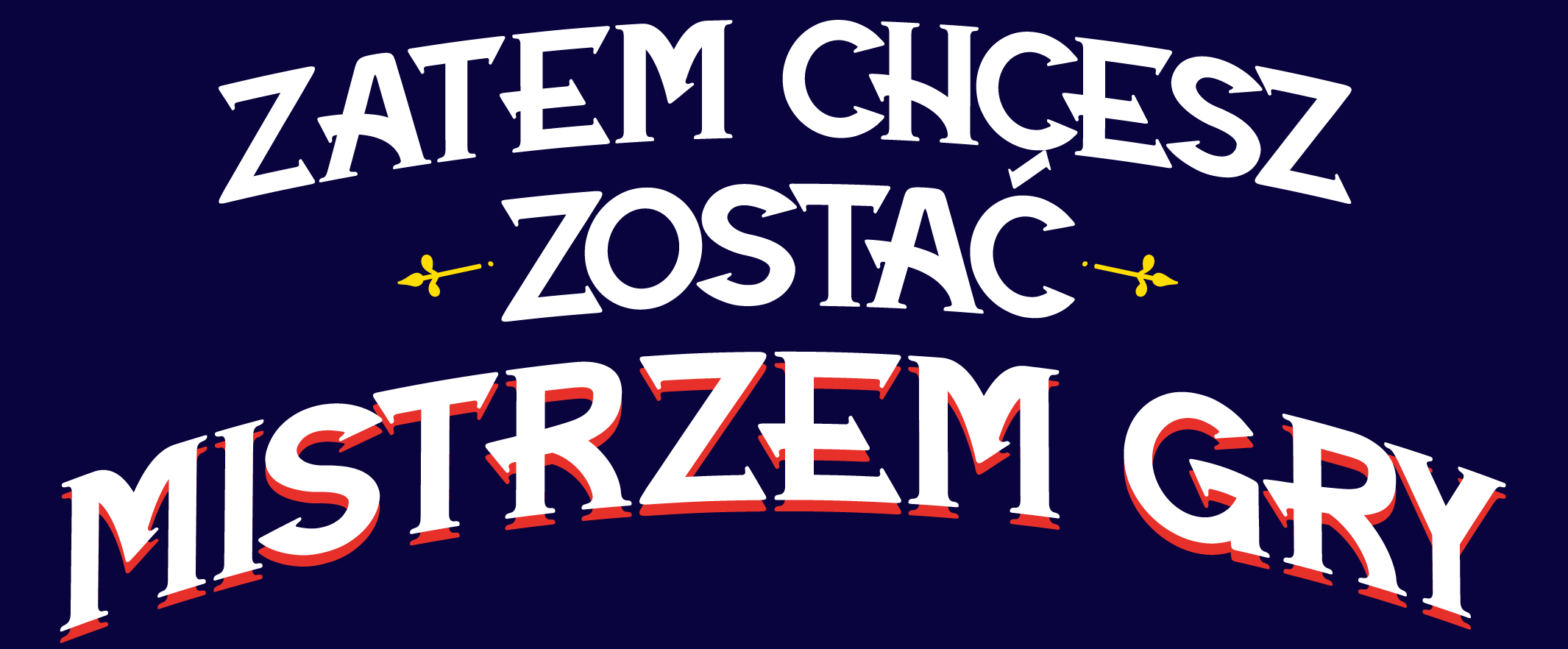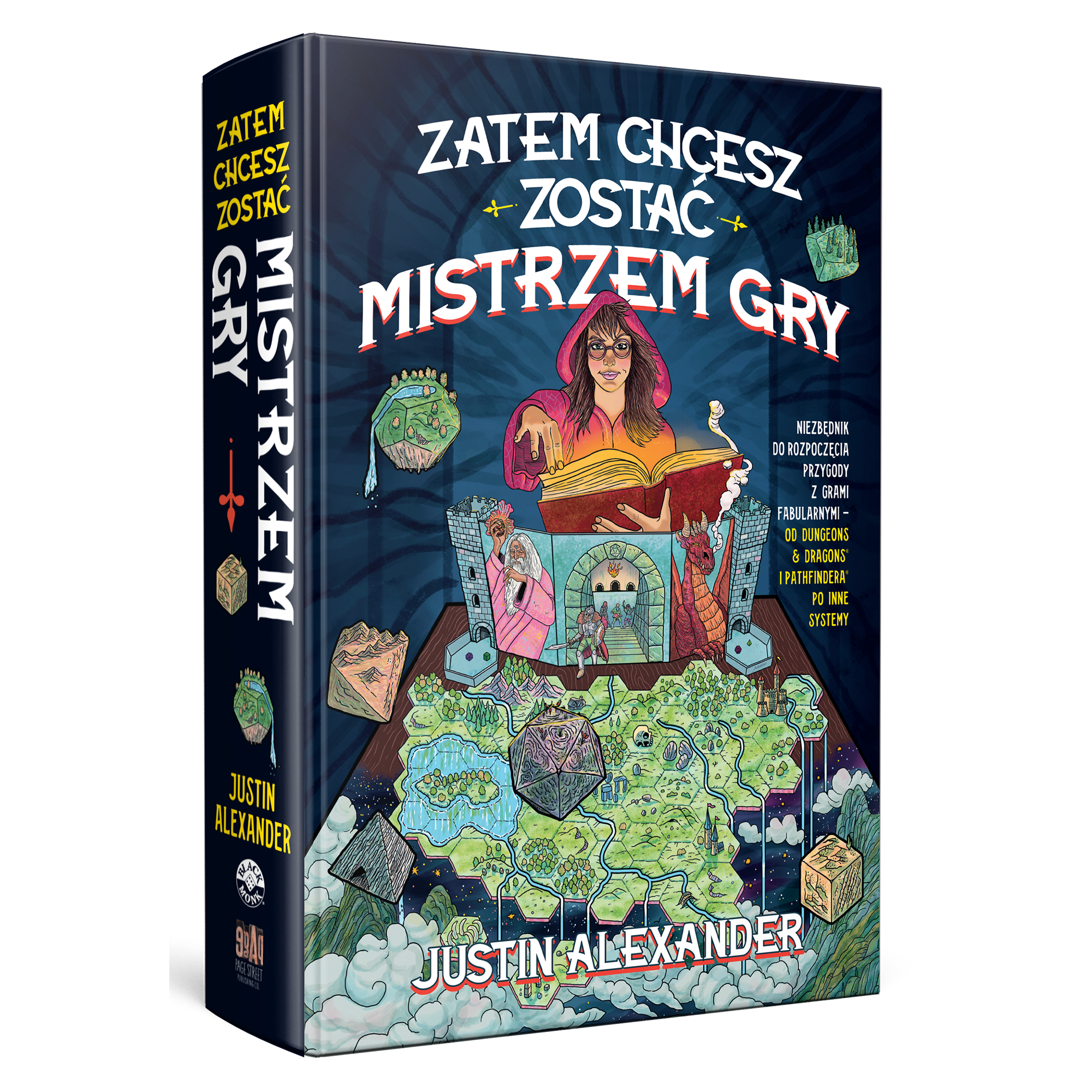Question: “How do you prep Tier 3 and Tier 4 D&D adventures? I’ve read a lot about how the game changes, but I haven’t seen a lot of guidance on what I should actually be doing. What am I missing?”
To understand how to prep high-level adventures, I think it’s important to first understand why the adventures you were prepping in Tier 1 and Tier 2 stop working as the PCs level up. What this largely boils down to is that if you have a group standing at Point A who wants to go to Point C, it becomes increasingly difficult to “force” them to visit Point B.
If you’re running a dungeon, the natural geography of the world creates pathing. Even in heavily xandered dungeons, you generally can’t just skip from Level 1 to Level 5. You have to, by one path or another, work your way through the intermediary content.
The same is true of an overland journey. You’re in Waterdeep and want to take the road to Baldur’s Gate? Then stuff can happen as you travel down the road. You’re in the Shire and want to go to Mordor? I can’t be certain what path you’ll take, but there’ll still be a sequence of procedural content from A to B to C that can form the spine of the adventure.
But as the PCs level up, they gain access to abilities like teleportation and passwall and scrying. They can nuke sites from orbit and plane shift and do all kinds of crazy stuff. Now they can go directly from Level 1 to Level 5.
Even if you’re running a railroad, you need to be able to force the players into predetermined actions and outcomes. But the abilities the PCs are gaining similarly make it more and more difficult to force them to do what you prepped.
This implies a couple of things.
First, structure is going to come from information. If the PCs know something, then they’ll probably be able to take very direct action based on that information. This is what node-based scenario design is good for, but these high-tier PCs also have access to abilities that can just proactively give them the information that they want. So you’re generally going to be better off thinking more in terms of clouds of nodes rather than specific sequences like funnels, because the PCs will sequence break.
In this sense, high-tier adventures become paradoxically smaller and shorter than low-tier ones, even as their stakes and scope are likely expanding to epic proportions. Because you can’t just, for example, stick multiple levels of a dungeon or a long overland journey between the PCs and what they want.
Second, if the opposition is going to meaningfully oppose the PCs, then they need to be similarly mobile and responsive.
You can’t just key some bad guys to a static location, have them wait for the PCs to show up, and hope it works out. You’ll want them to be set up to actively respond to what the PCs are doing, because you won’t know what it is until the PCs do it.
This means:
- Prepping proactive nodes that can be responsively or opportunistically deployed. (See Running Mysteries: Proactive Nodes.)
- Using faction turns to keep the bad guys in motion. (See p. 342 of So You Want to Be a Game Master or Blades in the Dark.)
- Thinking about what the bad guys are doing and how intelligence (i.e., things the PCs learn about) and blowback (i.e., the bad guys target the PCs for retaliation) from that can vector back to the PCs. (Check out mechanics like Heat and the Vampyramid from Night’s Black Agents to give you some interesting options here.)
- And, vice versa, figuring out what the bad guys know about the PCs and their activities, so that you can determine and actively play their responses. (You may want to create a simple system for checking counterintelligence if you don’t feel comfortable making fiat judgment calls about this. Also check out Campaign Status Module: Event Fallout.)
More than ever, in other words, this is about prepping situations that can be actively played.
Something to avoid, however, is an over-zealous and all-encompassing response, where every adventure rapidly turns into “…and then all the bad guys teleport to the PCs and A HUGE FIGHT HAPPENS!”
You can avoid that partly be playing fair, partly by creating impartial resolution mechanics where necessary (e.g., that counterintelligence check I mentioned to determine what the bad guys know), and partly by scaling up into these higher power levels so that both you and the players can figure out how to control information and protect themselves.
But it’s also, importantly, about setting goals — for both the PCs and the bad guys — that can’t be trivially solved through a giant melee. In much the same way that you should try to find more varied goals for your dungeons than simply clearing the dungeon, so here you set goals that don’t just boil down to Wipe Them Out… All of Them.
FURTHER READING
High Level Characters Are (Literally) Awesome
Soloing Smaug – The Struggle for the Soul of D&D


















